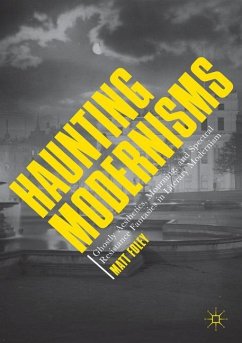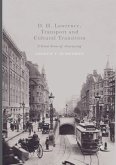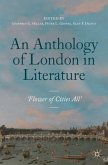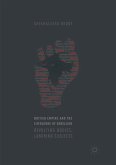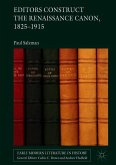This book is about haunting in modernist literature. Offering an extended and textually-sensitive reading of modernist spectrality that has yet to be undertaken by scholars of either haunting or modernism, it provides a fresh reconceptualization of modernist haunting by synthesizing recent critical work in the fields of haunting studies, Gothic modernisms, and mourning modernisms. The chapters read the form and function of the ghostly as it appears in the work of a constellation of important modernist contributors, including T. S. Eliot, Virginia Woolf, D. H. Lawrence, Elizabeth Bowen, Wyndham Lewis, Richard Aldington, and Ford Madox Ford. It is of particular significance to scholars and students in a wide range of fields of study, including modernism, literary theory, and the Gothic.
"Haunting Modernisms attempts to bridge the gap between Gothic and Modernist definitions of what it means to haunt and be haunted. ... Each chapter sows the seeds of discussions yet to come, creating a rich and complex study that draws together both theoretical and historical approaches." (Lucy Hall, Fantastika Journal, Vol. 3 (4), January, 2019)

